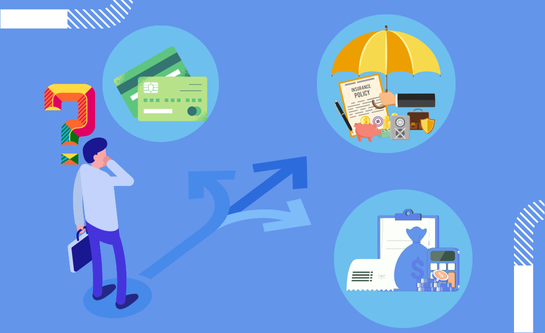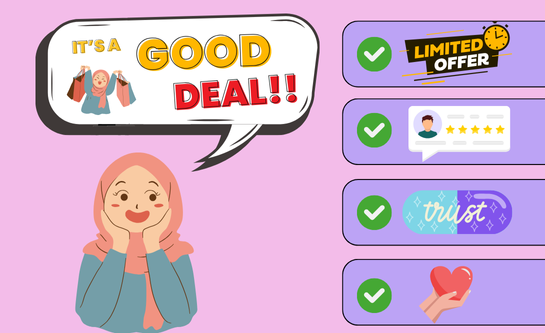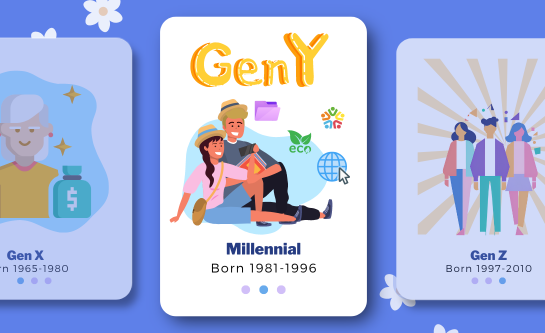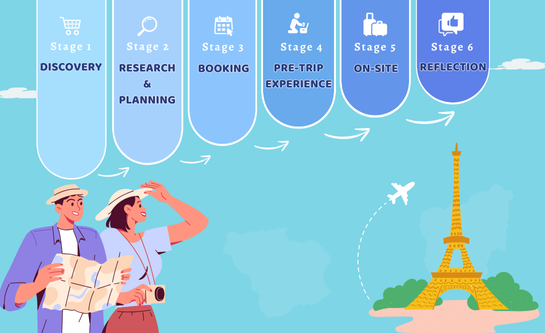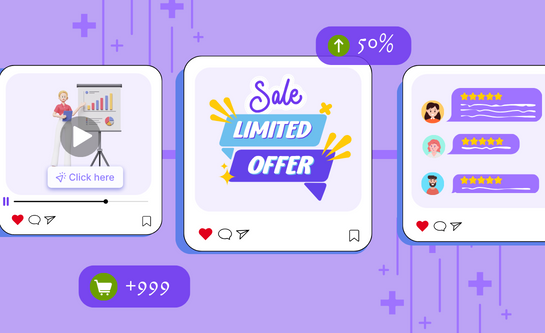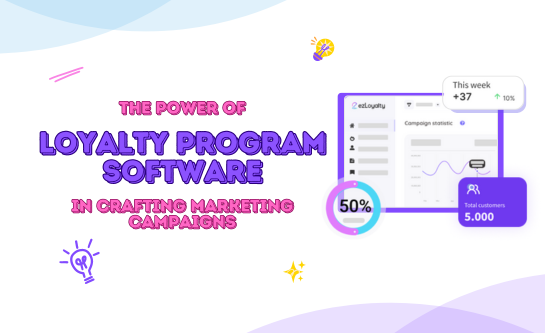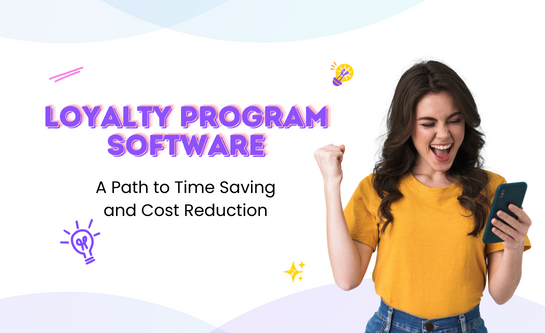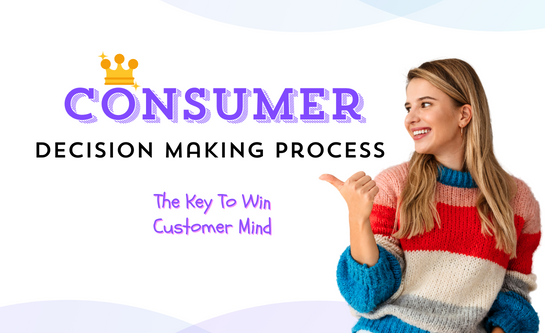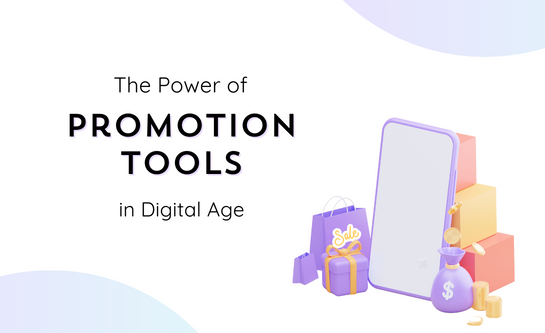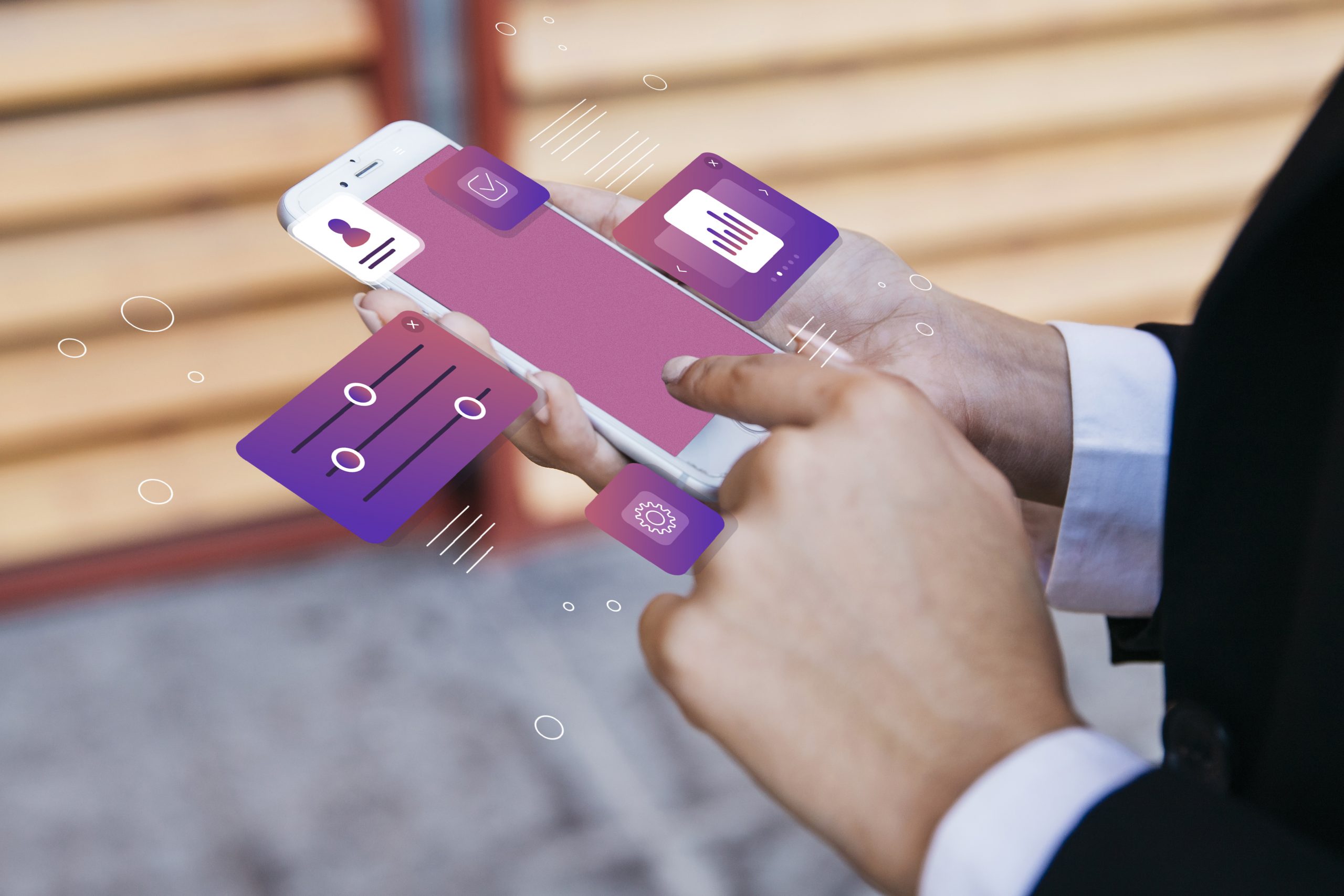How Loyalty Programs Boost Small Business Profits?
 May 27th, 2023
May 27th, 2023
 427 views
4 MINS READ
427 views
4 MINS READ
It is worth mentioning that several of the most heavily frequented gas stations in the city are not run by energy corporations. Rather, they are branches of prominent supermarket and retail chains that provide their customers with discounted fuel as a reward for their patronage. Although some of these supermarkets may not stand out or be particularly competitive in other aspects, their incentive programs for shoppers assist them in maintaining customer loyalty. Although not all small business proprietors may have the means to establish their own gas pumps, they can still enhance customer retention by introducing loyalty programs.

What are customer loyalty programs?
A loyalty program is a scheme wherein a business provides incentives to customers who make frequent purchases. This approach is utilized by businesses to motivate customers to continue buying from them. There are numerous varieties of loyalty programs, such as referral programs that offer customers discounts for introducing friends who sign up or make purchases, reward point systems, and programs that offer complimentary benefits. We will explore these and other types of loyalty programs in more detail later in this article.
How loyalty programs benefit small businesses
As customer expectations evolve, loyalty programs are becoming less of a luxury and more of a necessity for businesses. Apart from keeping up with competitors, here are some additional reasons why implementing a loyalty program is a smart move:
-
Increases revenue
Loyalty programs are an effective way to increase profits because they offer desirable incentives to customers for spending at your business. When customers feel like they are benefiting from shopping with your business, they are more likely to avoid your competitors. Studies suggest that a mere 5% increase in customer retention can boost profits by 25% to 95%.
-
Enhances customer relationships
Loyalty programs can bridge the gap between a business and its customers, enabling the business to take a more customer-centric approach. When customers repeatedly purchase products or services from your business and have a positive experience, they start to develop trust in your brand. This makes them more likely to try out new products or services from your business in the future.
-
Generates buzz for your business
A loyalty program can make customers feel valued for supporting your business. When people feel good about patronizing your business, they are more likely to spread the word and refer others to you. Loyalty programs are a fun and exciting way to enhance your reputation and get people talking about why they should visit your business.
-
Attracts new customers
While loyalty programs are designed to reward existing customers, they can also be used to attract new ones. Offering discounts or freebies for referring a friend to your rewards program can help attract new customers. Additionally, you can offer incentives to new customers to encourage them to try out your business.
4 Customer Loyalty Programs for Small Businesses

A customer loyalty program can take many different forms, and businesses have a lot of options when it comes to designing their own program. Here are five types of loyalty programs to consider:
-
Point-based loyalty program
This program is easy to manage through your point-of-sale system and doesn’t require customers to carry around punch cards. Instead, customers can enter their phone number or email address at checkout, and the system will track and manage their rewards points automatically under their unique customer profile.
-
Punch card loyalty program
This classic loyalty program involves giving customers a punch card that they can get stamped each time they make a purchase. After a certain number of punches, they can receive a free item or discount. This type of program can be particularly effective for small businesses.
-
Paid loyalty program
Charging customers a fee to join an exclusive club can make them feel connected to the business and give them an advantage over non-members. For example, a winery might offer a wine club membership for a yearly fee that provides members with a discount on all wines purchased from the business.
-
Email lists
Email marketing can be an effective way to implement a loyalty program. By offering customers a discount on their next purchase in exchange for signing up for the business’s email list, the business can keep its brand top of mind and send regular promotions, exclusive offers, newsletters, or ads to drive sales.
-
Reward programs
Reward programs can be a highly effective way to retain customers and generate more revenue. By offering incentives for current customers to refer new members, companies can benefit from word-of-mouth marketing both offline and online. Additionally, truly engaged customers may spend more than they would have otherwise, and the rewards program can also help businesses build their email, phone, or text subscriber list to stay in better communication with their customers.
How to Get Started
As a business owner, you have the best understanding of your customers and are in the best position to determine how to create a loyalty program that’s best suited to your business. It may require some experimentation before you get it just right, so it’s essential to remain flexible, receptive to feedback and suggestions from customers, and willing to adjust the program as needed to keep it current and beneficial to your customers. Once you have conducted the necessary research, consider investing in a point-of-sale (POS) system to help manage your loyalty program. The team at ezLoyalty can assist you in selecting the ideal product for your business objectives. To get started, reach out to a ezLoyalty services representative today.
Learn more about us via Website or LinkedIn
Contact us via info@ezloyalty.io
 Back to blog page
Back to blog page


























